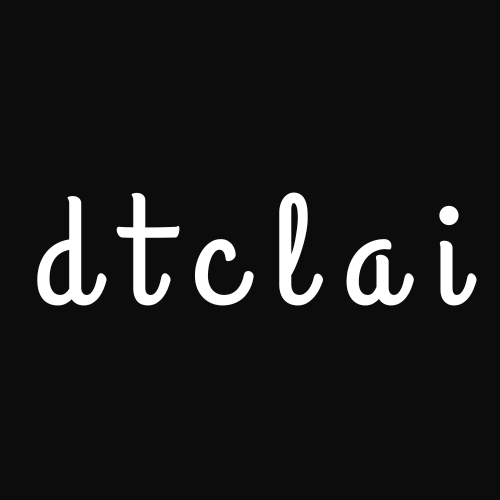
Understanding AI Agent Types: How They Work Across Banking, Manufacturing & Tech
🤖 5 Types of AI Agents: How They Work & Where They’re Powering Industry
Artificial Intelligence (AI) agents are the backbone of autonomous systems, enabling machines to perceive, decide, and act. Understanding the five core types of AI agents helps businesses and developers choose the right architecture for their goals.
AI agents are no longer confined to labs—they’re embedded across banking, manufacturing, logistics, and even everyday consumer apps. Knowing how each type works helps leaders design smarter systems, benchmark capabilities, and align tech with business outcomes.
1. 🧠 Simple Reflex Agents
These agents respond directly to current inputs using predefined rules. They’re fast, predictable, and ideal for low-complexity tasks.
How they work: Use “if-then” logic based on sensor or data inputs.
Examples:
- Manufacturing: Conveyor belt sensors that stop machinery when a defect is detected.
- Banking: ATM cash dispensers that reject transactions based on preset fraud triggers.
- Consumer: Motion-activated lights or robot vacuums like Roomba.
-
Use cases: Embedded systems, basic automation, reactive robotics.

2. 🧭 Model-Based Reflex Agents
These agents maintain an internal model of the world to make more informed decisions than simple reflex agents.
How they work: Track environmental changes and predict outcomes.
Examples:
- Financial Services: Smart fraud detection systems that flag anomalies based on transaction history.
- High Tech: Smart thermostats like Nest that learn user preferences and adjust accordingly.
- Logistics: Delivery apps that reroute drivers based on traffic and weather models.
- Consumer: AI-powered route planners that adjust based on real-time congestion.
-
Use cases: Smart homes, adaptive robotics, real-time monitoring.

3. 🎯 Goal-Based Agents
These agents evaluate actions based on their ability to achieve specific goals. They’re ideal for autonomous decision-making.
How they work: Use search and planning algorithms to reach objectives.
Examples:
- Banking: Robo-advisors that optimize investment portfolios to meet client goals.
- Manufacturing: Autonomous robots navigating factory floors to deliver parts.
- Consumer Logistics: AI agents that book flights, hotels, and taxis based on user preferences and budget.
- Public Sector: AI agents routing citizen service requests to the right department.
-
Use cases: Autonomous navigation, strategic planning, goal-driven automation.

4. 📈 Utility-Based Agents
These agents aim to maximize a utility function—choosing the best option among many based on preferences or values.
How they work: Evaluate trade-offs and uncertainties to make high-value decisions.
Examples:
- Financial Services: AI trading bots that balance risk and reward across asset classes.
- High Tech: Cloud resource allocators that optimize compute cost vs. performance.
- Consumer: Ride-hailing apps like Uber that adjust pricing based on demand, location, and driver availability.
- Insurance: AI agents that dynamically price premiums based on real-time risk signals.
- Use cases: Dynamic pricing, portfolio optimization, recommendation engines.

5. 🧬 Learning Agents
These agents improve their performance over time by learning from interactions with the environment.
How they work: Use machine learning to adapt and evolve.
Examples:
- Banking: AI chatbots that learn from customer queries to improve support accuracy.
- Manufacturing: Predictive maintenance systems that learn to detect equipment failures before they occur.
- Democratized AI: Personal assistants like Copilot, Alexa, or Google Assistant that learn user habits to automate tasks like flight booking, calendar management, or package tracking.
- Retail: AI agents that personalize product recommendations based on browsing and purchase history.
-
Use cases: Personalized services, fraud detection, adaptive automation.

🌍 Real-World Impact Across Industries
AI agents are reshaping how industries operate

🔍 Why It Matters for Strategy
Understanding AI agent types helps:
- Benchmark vendor capabilities and tech maturity
- Align AI architecture with business goals
- Communicate complex concepts to stakeholders with clarity

📌 Final Thoughts
Whether you're designing public sector dashboards, optimizing vendor ecosystems, or deploying AI-powered logistics, understanding the architecture behind each agent type is essential. From reactive automation to adaptive intelligence, these agents form the modular backbone of modern systems.
As industries evolve, hybrid agents—blending learning, utility, and goal-based logic—are becoming the norm. Staying ahead means mastering these foundational patterns and applying them with precision across sectors.
